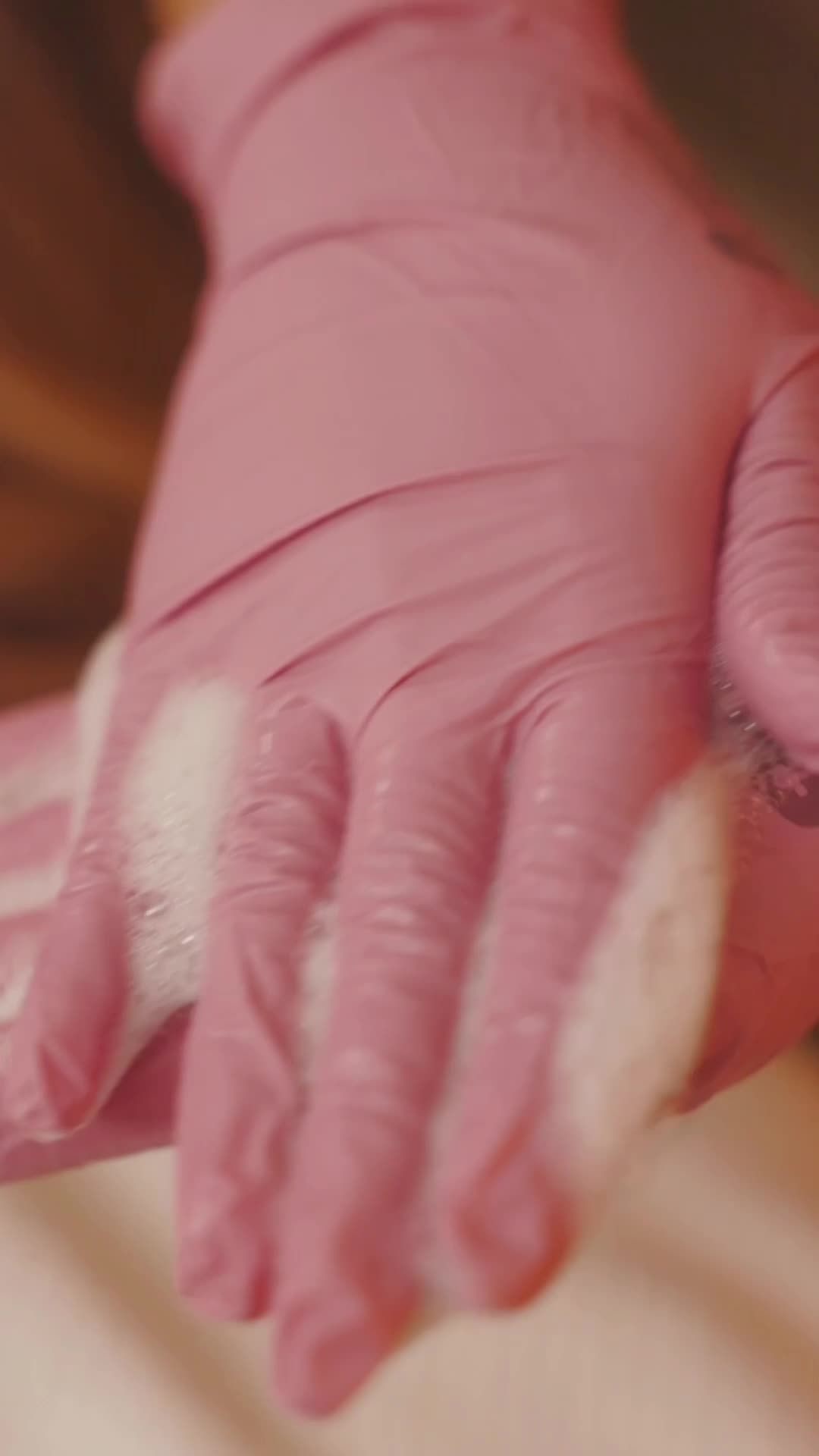Less Acne More Glow
EXTRACT . EXFOLIATE . HYDRATE
Signature HydraFacial
$199
- For clients with low-maintenance, problem-free skin. This classic treatment includes deep cleanse, gentle peel, extractions, and intense hydration. A go to booster and maintenance for your skin!
Deluxe HydraFacial
MOST POPULAR$275
- For clients seeking solutions to specific skin concerns. This mid-range option includes deep cleanse, gentle peel, extractions, and intense hydration. Personalized booster to target specific skin concerns. Professional strength LED Light therapy to smooth wrinkles and calm inflammation.
Platinum HydraFacial
$325
- For clients who want a complete skin health reset. This luxurious treatment includes lymphatic therapy, providing a sculpted and lifted appearance and removes toxins from the skin. Deep cleanse, gentle peel, extractions, and intense hydration. Personalized booster to target specific skin concerns and professional strength LED Light Therapy to smooth wrinkles and calm inflammation.
Give yourself a glow from head to toe
FACE
BODY
EYES & LIPS
SCALP
DEEP CLEANSE
Our device uses Vortex Fusion Technology, which works like a vacuum to penetrate inner pores and increase the effectiveness of the treatment.
People of all ages and skin types will love lymphatic, which is known to lift and contour for an instantly sculpted look. This add-on is incredible at reducing puffiness and redness and works to detoxify and optimize skin health
LYMPHATIC
LED LIGHT THERAPY
LED Light Therapy deeply enhances your treatment by promoting healing within the skin. Our FDA-cleared device treats full-face wrinkles, and mild to moderate acne, while calming redness and reducing inflammation. Ask your Hydrafacialist about this amazing add-on!
GUNKIE JAR
NeThe magic is in the wand, which works like a vacuum to open pores for a deep cleanse and easy extraction of impurities and dead skin cells. It also allows the active ingredients in our boosters to penetrate deeper, for the most effective treatment possible.w Title
100%
of participants had clearer skin with 65% achieving acne-free skin.
95%
reported less oil and congestion.
85%
of those with acne saw fewer blemishes and less inflammation.
70%
